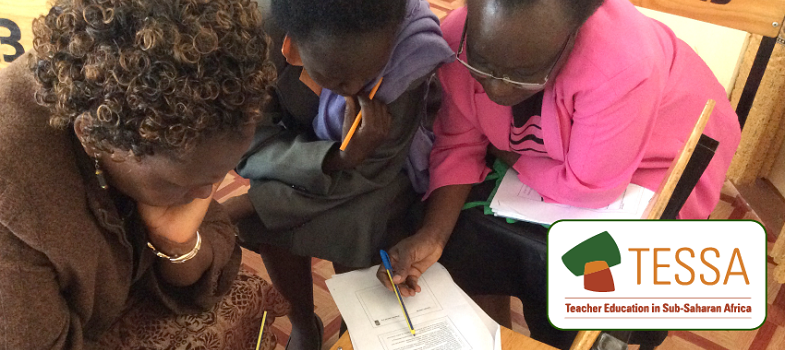3. Thinking critically about evidence
This part is intended to extend your ideas of how to help pupils use oral history as a resource for finding out about the past. You will encourage them to think critically about the validity and reliability of such evidence, and to compare oral testimonies of a historical event with written evidence of the same event. Investigating the similarities and differences in the two types of evidence provides an exciting learning opportunity for pupils.
Case Study 3: Collecting oral testimonies
Mrs Kasigwa teaches social studies to Primary 6 at a small school in the Jinja district. Many of the families have older members who remember or were affected by the expulsion of Ugandan Asians in 1972. Resource 4 gives some background information. Mrs Kasigwa has invited two Asians, who have returned to the country, to speak about their experiences. (See Key Resource: Using the local community/environment as a resource [Tip: hold Ctrl and click a link to open it in a new tab. (Hide tip)] as this will help you plan and organise such a visit.) They will come on consecutive days as they have businesses and have to arrange for other people to look after them.
Mrs Kasigwa warns her class that these two people were children, one a teenager and one younger, when they left – their memories will be different from those of their parents and from each other. Before the guests arrive, the pupils prepare some questions that they want to ask. Over two days, the visitors come and tell their stories. The pupils listen carefully and ask them questions.
In the next lesson, Mrs Kasigwa and the class discuss the similarities and differences between the two accounts. They think about why the two visitors have different views on the events.
Mrs Kasigwa lists the key points that came out of their stories and also stresses that, when they were young, the journey to another part of the world might have been more exciting and less worrying than it would have been to their parents. She explains that while these oral histories may give pupils some understanding of the exile, they may not always be accurate, and the stories that different people tell may vary considerably.
Mrs Kasigwa believes her class learned a valuable lesson in the uses and problems of gathering oral evidence of history.
Key Activity: Comparing oral interviews and written texts
- With your pupils, identify an important historical event (such as a local feud or uprising) that took place in your area in the past. If you can, find a short written text about it. Resource 4 gives one example you could use if you cannot find another event.
- In preparing this activity, you need to gain an understanding for yourself (as a teacher) about what people in your community know about the uprising or event in question. These ‘memories’ are the oral stories that have been passed down from person to person. Identify some key people who your pupils could talk to at home or could come into school.
- Send your pupils out in groups to interview these older people. Ask the pupils to record ten key points made by each interviewee. (Make sure that pupils only go in groups and that they are safe at all times.)
- Back in class, ask your pupils to feed back their key findings.
- Ask each group to design a poster of the event, including the key events and using some of the visitor’s comments to give a feeling of what it was like to be there.
- Display these in class.
- Discuss with your pupils whether they think they have enough clear evidence about what happened from the people they spoke to. If not, how could they find out more?
2. Investigating a historical event



